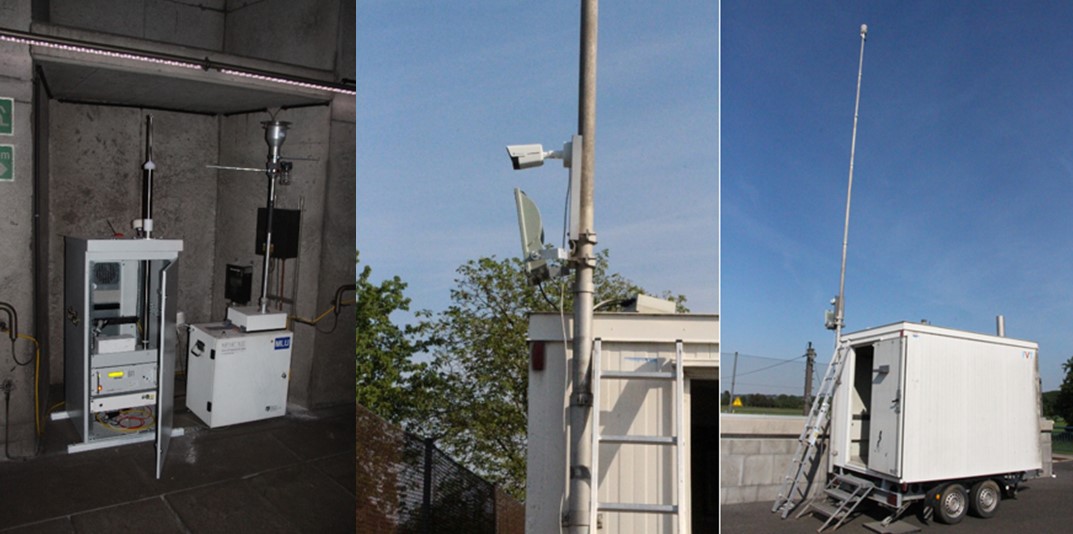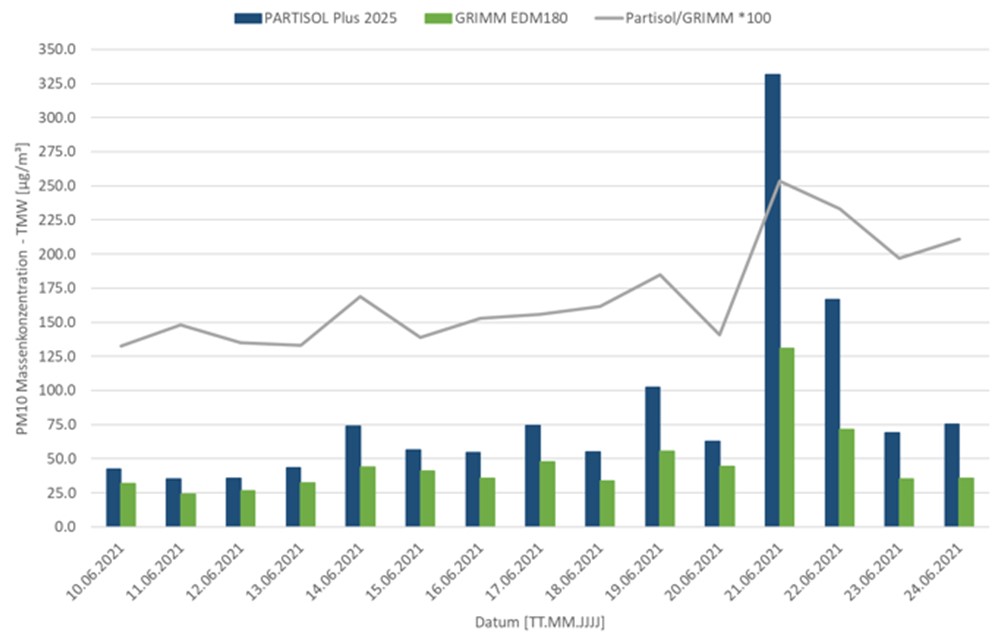Particle Emissions from Railways
Duration: 2021 - 2022
Location: Lower Austria, Austria
Category: research project
Client: ÖBB Infrastruktur AG
Description of project
Railways are known as a so called green transport system. This is because most European railway tracks are electrified as it is in Switzerland (100 %), Austria (72 %) and Germany (61 %). However, even if exhaust emissions from railways seem to be non-relevant, non-exhaust emissions due to resuspension, abrasions and wear processes are always present. The main emission sources (brakes, wheels, rails, pantographs and contact wire) were identified in previous investigation. But the quantification of non-exhaust PM emissions has been only rudimentarily pursued so far. There is only limited information available and the bandwith of published PM emission factors is quite big (0.1 – 23 g/km). This big range may be a result of a variety of parameters (driving speed, track characteristics, rolling stock, cargo, precipitation etc.) that have an impact on the actual emissions.
In addition to this uncertainty related to the emission factors, dust loads are a big challenge in railway operations. This becomes more important in the operation of subsurface buildings. Experiences from Switzerland show that due to maintenance and cleaning purposes, long trans-Alpine tunnels (e.g. Gotthard base tunnel) have to be closed several times a week. In order to improve the database about the quantities of PM emissions and to provide a base on which maintenance intervals can be defined, the Institute of Internal Combustion Engines and Thermodynamics is commissioned to carry out long-term in-situ measurements in Austrian railway tunnels.
Starting in June 2021, extensive PM monitoring was carried out in the Burgstaller tunnel. The measurement setup includes PM monitors inside the tunnel as well as in the portal regions (see Figure 1).
The monitoring of PM mass-concentrations is done using optical measurement device. On the one hand, such a system has benefits due to the resistance on pressure surges, but on the other hand a density-correction needs to be applied. This is because a tunnel aerosol significantly differs from background aerosols against which the PM monitors are calibrated. The density correction is done using information about the actual PM mass that is derived from filter samples taken by a sequential air sampler (Partisol Plus). Additionally these filter samples serve for a chemical analysis of the dust composition in the railway tunnels.

Figure 1: left – Monitoring of PM mass-concentration; center – video imaging; right – Station for sensing of wind, precipitation and background PM mass-concentration
Figure 2 shows the comparison of daily average PM10 mass-concentrations recorded by the optical PM monitors (GRIMM EDM180) and the gravimetric reference (PARTISOL PLUS 2025). This comparison illustrates that the PM mass-concentration determined by optical monitors underestimate the actual PM mass-concentrations.

Figure 2: Comparison of daily average PM10 mass-concentrations
Emissions factors for PM1, PM2.5 and PM10 are derived for different train types and for a total of 2.600 train movement. The most decisive parameters related to the PM emissions are the driving speed and the train length. In addition, precipitation has a strong influence on resuspension processes. In the end, the project results will be used for the generation of a planning tool that should be used to define maintenance intervals depending on a certain train schedule and under consideration of the relevant parameters.